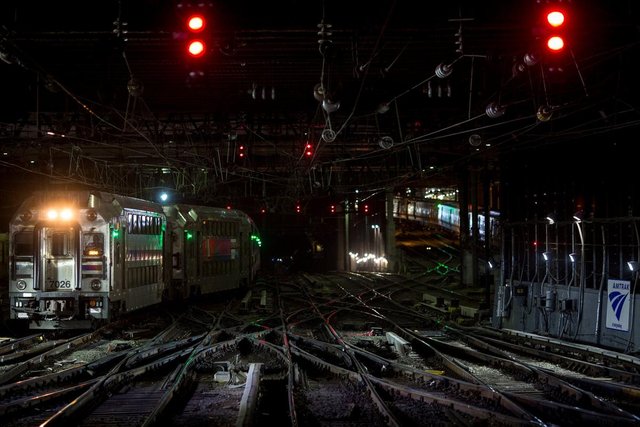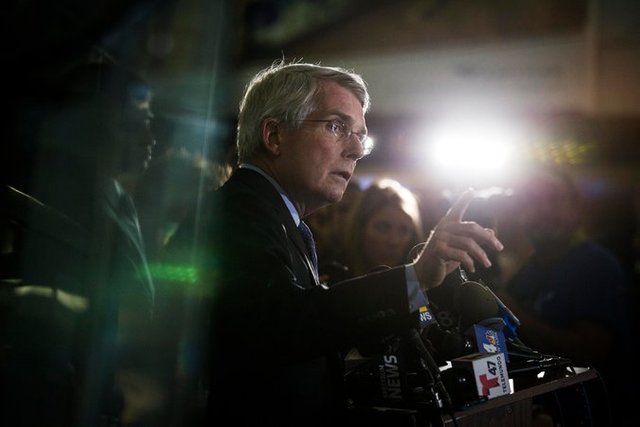Before Derailments at Penn Station, Competing Priorities Led to Disrepair
By MICHAEL LaFORGIAOCT. 9, 2017

Interlocking A, a sorting mechanism that routes trains entering and exiting Pennsylvania Station in New York City. Amtrak delayed major improvements before three trains derailed at the station this year.
Amtrak officials knew for years that they would have to replace large sections of deteriorating track in Pennsylvania Station in New York City. As engineering crews applied short-term fixes to rows of rotted ties, crumbling concrete and eroded steel, some of their managers repeatedly warned of the growing need to address underlying problems.
While meeting with Amtrak executives in March, Andrew Keefe, the railroad’s head of track maintenance, became alarmed, according to two people in the room. The railroad had finally begun ambitious replacement work on the most decrepit tracks, but the jobs would stretch out for a year or more to accommodate other demands.
Learning that officials were considering delaying the effort to give work time to a nearby passenger hall renovation, a project backed by Gov. Andrew M. Cuomo, Mr. Keefe lost his temper. Hitting his hand on a table, he said, “You’re not going to be happy until you put a train on the ground.”
Weeks later, the derailments started.
Three accidents at Penn Station forced Amtrak to undertake an emergency repair program and cut back service through the summer for thousands of passengers daily.
An examination by The New York Times of what led up to the crisis — drawing on interviews with current and former Amtrak employees and state and federal officials, as well as a review of Amtrak records — found long-simmering tensions over how to keep up with maintenance at one of the world’s busiest train stations. By putting off repairs that it mistakenly believed were not critical, Amtrak set the stage for two of the derailments, which were caused by broken tracks on the west side of the station.

Amtrak says it responds with urgency to anything it views as a safety problem. But in interviews, some maintenance managers said essential repairs that were not flagged as “safety-critical” were often put off for months or even years. Some rail parts, including ones deemed at risk of imminent failure, were used long past their initial replacement dates, a 2016 document shows.
E. Keith Holt, a former Amtrak deputy chief engineer, said that when his colleagues pushed for replacement efforts, they were regularly told they would have to wait. “You can only put so many Band-Aids on,” he said. “Sooner or later that stuff catches up to you.”
And patterns in the way Amtrak apportioned “outages” — service shutdowns, typically at night or on the weekend, to accommodate repairs or construction — left insufficient time for improvements needed to make Penn Station safer and more reliable, according to eight current and former Amtrak employees, some speaking on the condition of anonymity for fear of retribution.
Mr. Holt, who retired in February, said engineering managers often complained to supervisors that conflicts with other projects impeded these repairs. “Did engineering make it clear that there’s going to be a problem? Yeah,” Mr. Holt said. “They were basically saying, ‘Hey, it’s getting bad, and it’s only going to be getting worse.’”
Strapped for funding, under pressure to keep trains running and facing obligations to give development projects track time and work space, Amtrak officials routinely have to decide what must be fixed right away in Penn Station and what can wait.
nice post
thanks for info
done back reply